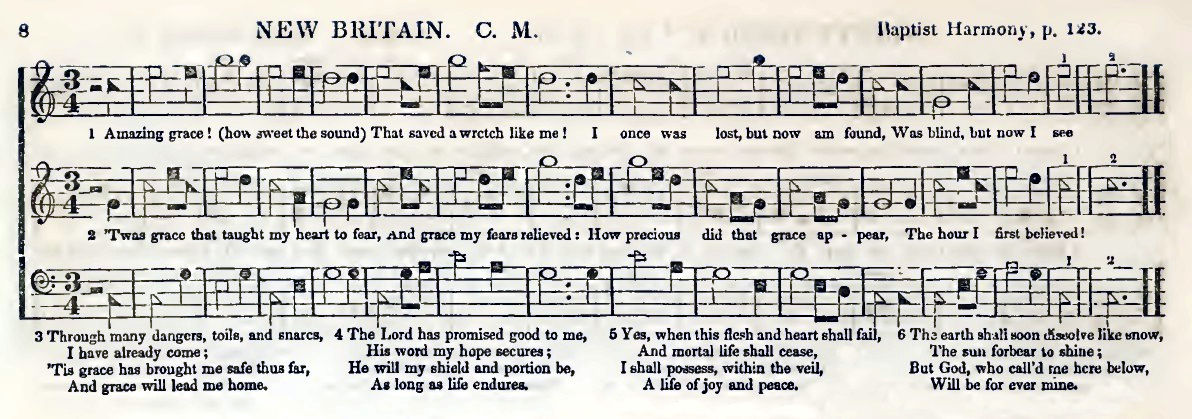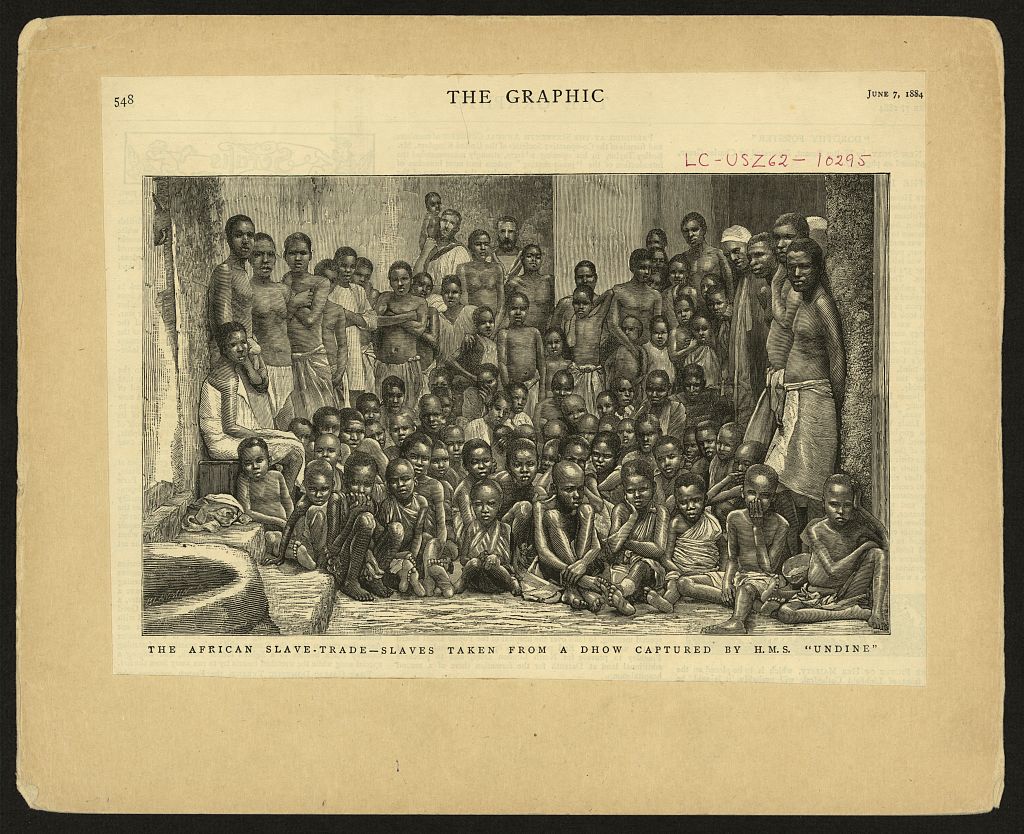Gospel music is simplistic in nature – the genre was borne from a slavery society in which many of its demographic could not read nor write.
Most works of American Gospel are based on a fixed melody; in the picture above the melody is displayed once, with the various sets of lyrics below to accompany. Having a fixed melody allows for an accessible and far more instantaneous understanding of the piece.
However, most works of Gospel, especially during times of slavery in the United States, were not transcribed to sheet music. The tradition of Gospel songs being passed down generationally by word-of-mouth was far more common, especially given the limited understanding of reading and writing English amongst slaves.
Ex-slave Narratives – Wallace Quarterman Music
The song above, “Jesus is a rock”, reflects the emphasis of multi-voiced melody in traditional Gospel. The non-uniformity of the various voices is characteristic of early Gospel, a stark contrast to other types of music prevalent at the time. Gospel music finds it’s unique merit in the spiritual lyricism of the songs, songs that reflect a life of turmoil and struggle. It is a genre of music that relies more on a conglomerate of rhythms and evocations to project a feeling, rather than a collection of intricate phrasings and melodies.

